iPad Pro 10.5 review: the top tablet out there got a little bigger and a lot better
Apple's new 10.5-inch iPad Pro replaces the 9.7-inch model and slots in under the 12.9-inch version

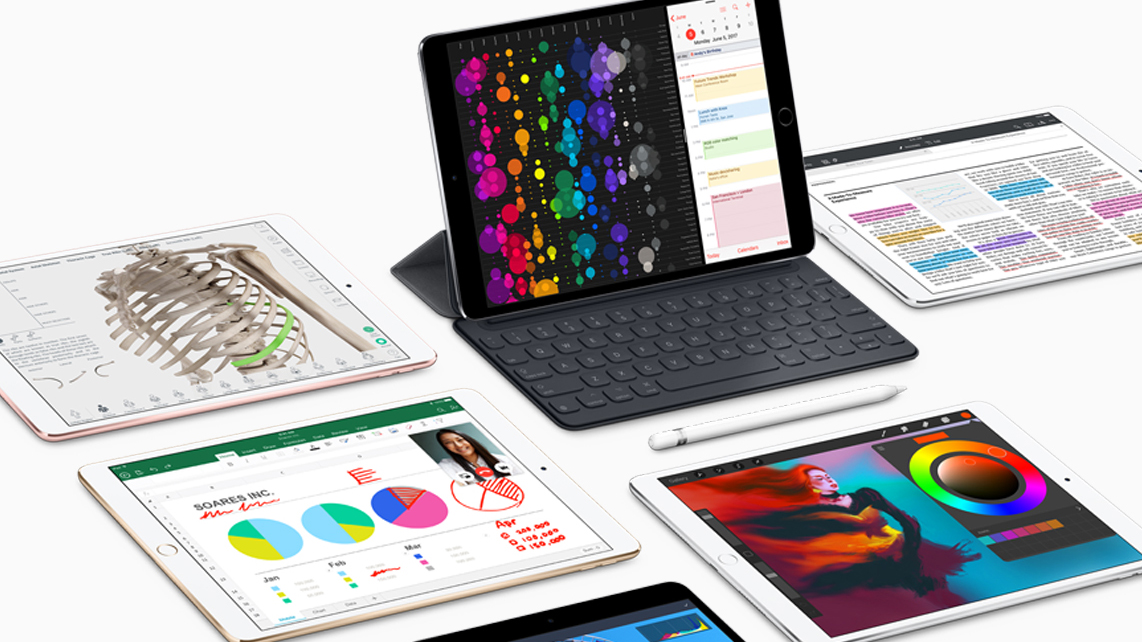
Apple has absolutely knocked it out of the park here. This is the best tablet we’ve ever used, for work or play.
-
+
Great new screen
-
+
Pro-level power
-
+
Still really portable
-
+
Top battery life.
-
-
Expensive to add Apple Pencil and Smart Keyboard
-
-
Do you need the Pro power?
Why you can trust T3
Apple has improved things in three key areas from the 9.7-inch iPad Pro this replaces: the amount of space to work, the quality of the display, and the performance.
The move to a 10.5-inch screen with a higher resolution of 2224 x 1668 adds around 20% more area, while keeping the same sharp pixel density (and barely any extra size to the chassis, thanks to the new design).
Items on the screen generally stay the same size as they were on the 9.7-inch model, but you have more space to play with, and it allows for bonuses such as the on-screen keyboard (and attachable Smart Keyboard) being just about full-size, which does help for typing speed.
The size difference is subtle overall, but it’s instantly obvious if you work in Split View a lot. Before, it was a little cramped on the smaller Pro – usable, but you tended not to stay long in Split View if you could help it. Now, we found we could happily do all kinds of work with our email app locked permanently into the right-hand quarter of the screen.
That little bit of space tipped it over the threshold from awkward to totally comfortable.
Obviously, the larger 12.9-inch iPad Pro is even more comfortable for Split View work, and will be the best platform if you’re considering using the option of four apps simultaneously that iOS 11 will enable (see below), but this screen is now a really strong balance between space and portability. Whether you go for it or the big Pro comes down to preference, and the kind of work you’ll use it for – they’re essentially identical otherwise.
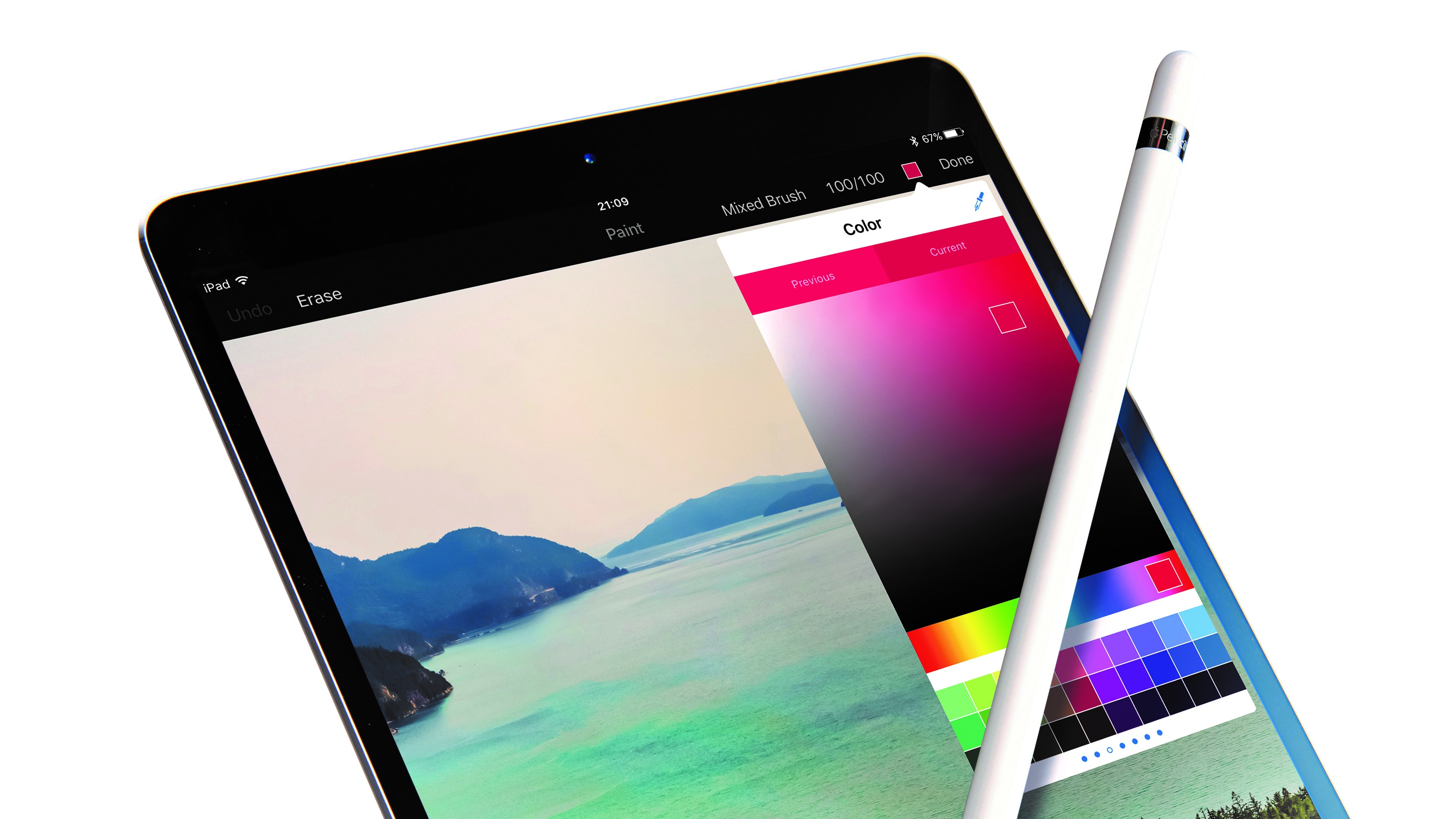
But the size isn’t the only change to the screen. The marquee feature is 120Hz support, which doubles the number of frames per second the screen shows compared to all of Apple’s previous displays. It makes animations look super smooth, and scrolling text more readable, which is lovely, but is largely ultimately fluff (though it does make every other screen look a bit old-fashioned in comparison once you’re used to it).
But it also makes the screen twice as responsive, effectively, because it shows the result of any interactions twice as fast. This is huge in the case of the Apple Pencil, since apps can now show what you’re drawing pretty much exactly as you draw, rather than a noticeable fraction of a second after.
But the point of the ProMotion screens is that they don’t always operate at 120Hz. If you’re watching a movie at 30 frames per second, the screen only runs at that rate, saving power. If you’re reading a book, it keeps the frame rate low, since the image on the screen rarely changes. And if you start drawing, it ramps the frame rate back up instantly, to give you the best feedback. Of course, this is all essentially unnoticeable, but the Pros do have excellent battery life, so it seems to do its job.
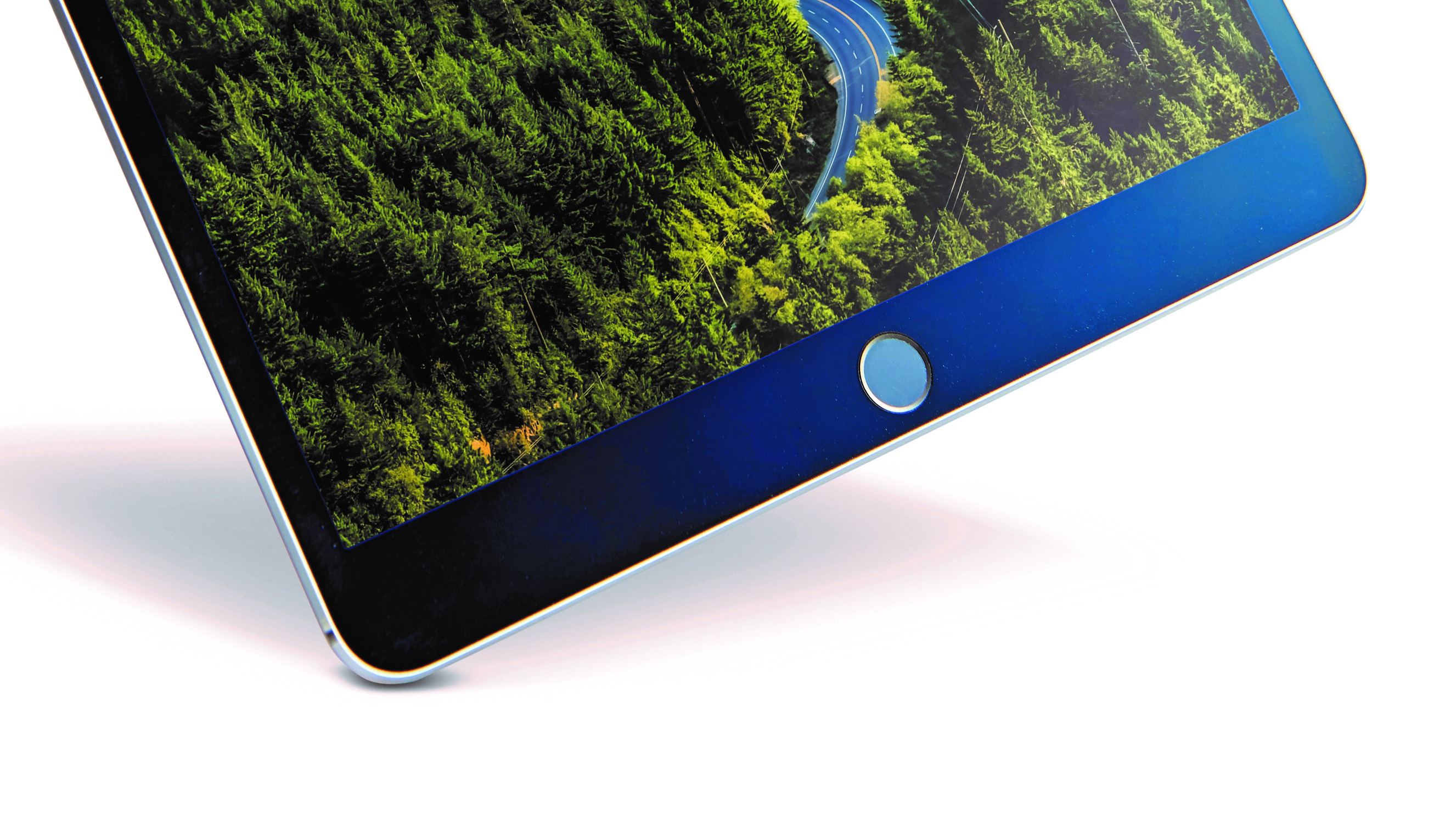
We spent a couple of hours writing this review, then another hour browsing the web, and viewing and editing photos.
Then left it on standby overnight. In the morning, we still had 80% battery left. Different tasks use up more battery, but in light work use, 12 hours (or more) is no problem for this machine, or its big-screen brother.
The screen has one more improvement too: the brightness has been amped up. Combined with the wide colour gamut, it makes photos look astoundingly vibrant, and helps with viewing in bright light (along with an improved anti-reflective coating). And it’s even good enough to display HDR video, but support for this won’t arrive until iOS 11, so mark that down as potential for the future.
Even before that arrives, these are still surely the best screens Apple has made yet, and they make everything else look dull after just a few minutes with them. (The 12.9-inch iPad Pro has also gained the brilliant True Tone feature that changes the colour temperature to match the ambient light – the smaller Pro already had this.)
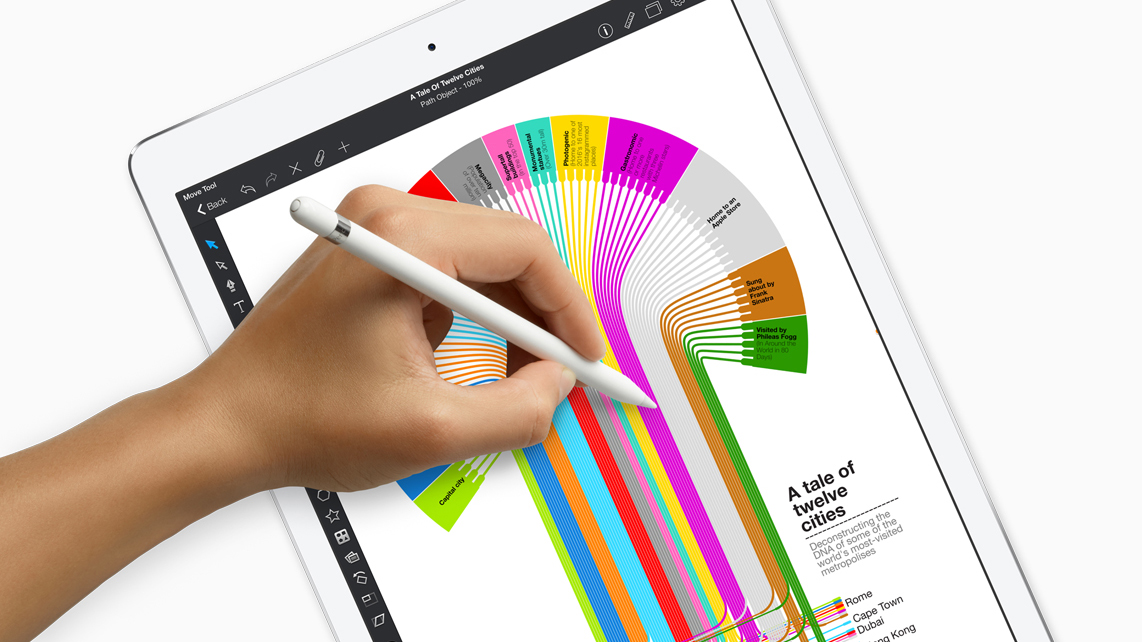
iPad Pro 10.5 performance
The screen is the big change that everyone benefits from in the new iPad Pro, but there’s another huge boost that’s less immediately obvious: the sheer, raw computing power.
That the new A10X chip is based on last year’s tech is a testament to how far ahead of its competitors Apple is, because the processor in this thing is a barely caged beast. It’s a triple-core chip (up from dual cores in the A9X), with 4GB of RAM (an improvement in this 10.5-inch model, but is the same for the 12.9-inch), with a new, more powerful, graphics unit to match.
When you just switch between apps and stuff, you’ll notice that it’s very fast, but then other iPads don’t tend to feel slow. It’s in intense testing you see its power: in Geekbench 4, it scores 81% higher than its predecessor for processing power… and 42% higher than the latest generation of 12-inch MacBook. In fact, its score beats most 13-inch MacBook Pro models.
In real-world tests against its predecessors, you see less dramatic results, but still big. To test the processor, we used WinZip to compress a 1.2GB folder of files, and the new Pro performed the task in 25.16 seconds, which is 30% faster than the 39.93 seconds of the 9.7-inch Pro.
The thing is, apps on iOS tend to work fairly different to Mac OS, with even creative ones usually accelerating tasks using the graphics chip, making pure processing power not that important – although the GPU computing power is also around 80% higher in benchmarks.
It all makes this machine hugely future-proof as more and more powerful apps appear. Take Affinity Photo, which is basically full-fat Photoshop on the iPad. On the old Pro, it works great, but with some pausing after you apply certain brushes. No such thing on the new Pro – it has acres of headroom for more desktop-level apps.

There are improvements for pros in other areas too, such as the option for up to 512GB of storage (for a hefty price), and USB 3 support over the Lightning connection (previously restricted to the 12.9-inch model only).
Even the camera is nearly top-of-the-range, matching the iPhone 7's sensor, so you get really bright, crisp images, and fantastic 4K video.
The speakers are still great, too, and while the Smart Connector hasn’t been changed, it’s handy for accessories like the Smart Keyboard, which is arguably essential if you’re to use this as a laptop replacement, but is still eye-wateringly expensive – we’d wait to see if third-parties beat Apple at this game with an option that has backlighting, for example, if you can wait.
T3 Verdict
So should you get this iPad? Absolutely – if you’re looking for a portable work machine.
For just an entertainment tablet, its HDR support is great, but it’s very much overkill – the fifth-generation 9,7-inch iPad is almost half the price, and fantastic for non-pro stuff.
But with its gorgeous screen, oodles of power, and amazing drawing prowess, this really can be a laptop replacement for a lot of people. In fact, it might be our favourite portable computer in years.
Liked this? Check out the best iPad Pro deals
Sign up to the T3 newsletter for smarter living straight to your inbox
Get all the latest news, reviews, deals and buying guides on gorgeous tech, home and active products from the T3 experts
Matt is T3's former AV and Smart Home Editor (UK), master of all things audiovisual, overseeing our TV, speakers and headphones coverage. He also covered smart home products and large appliances, as well as our toys and games articles. He's can explain both what Dolby Vision IQ is and why the Lego you're building doesn't fit together the way the instructions say, so is truly invaluable. Matt has worked for tech publications for over 10 years, in print and online, including running T3's print magazine and launching its most recent redesign. He's also contributed to a huge number of tech and gaming titles over the years. Say hello if you see him roaming the halls at CES, IFA or Toy Fair. Matt now works for our sister title TechRadar.
-
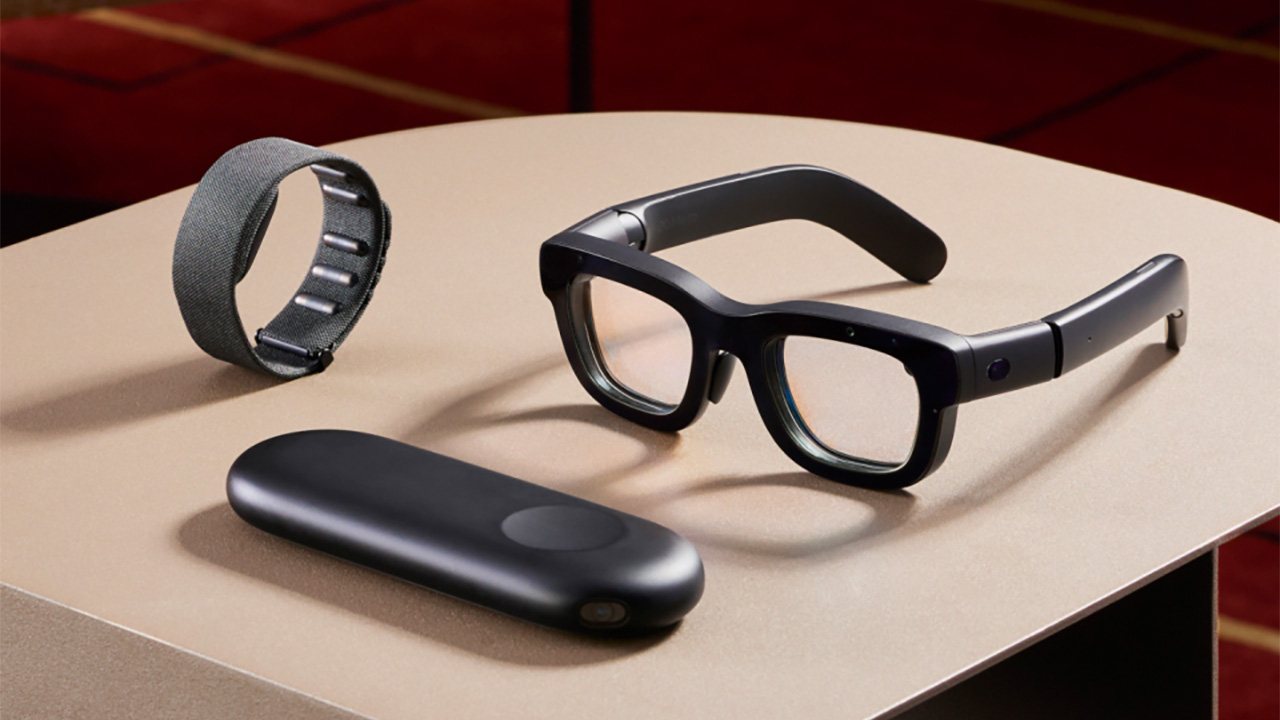 The next big tech battlefield is AR Glasses – and Apple is ready to fight
The next big tech battlefield is AR Glasses – and Apple is ready to fightTim Cook is said to "care about nothing else"
By Sam Cross Published
-
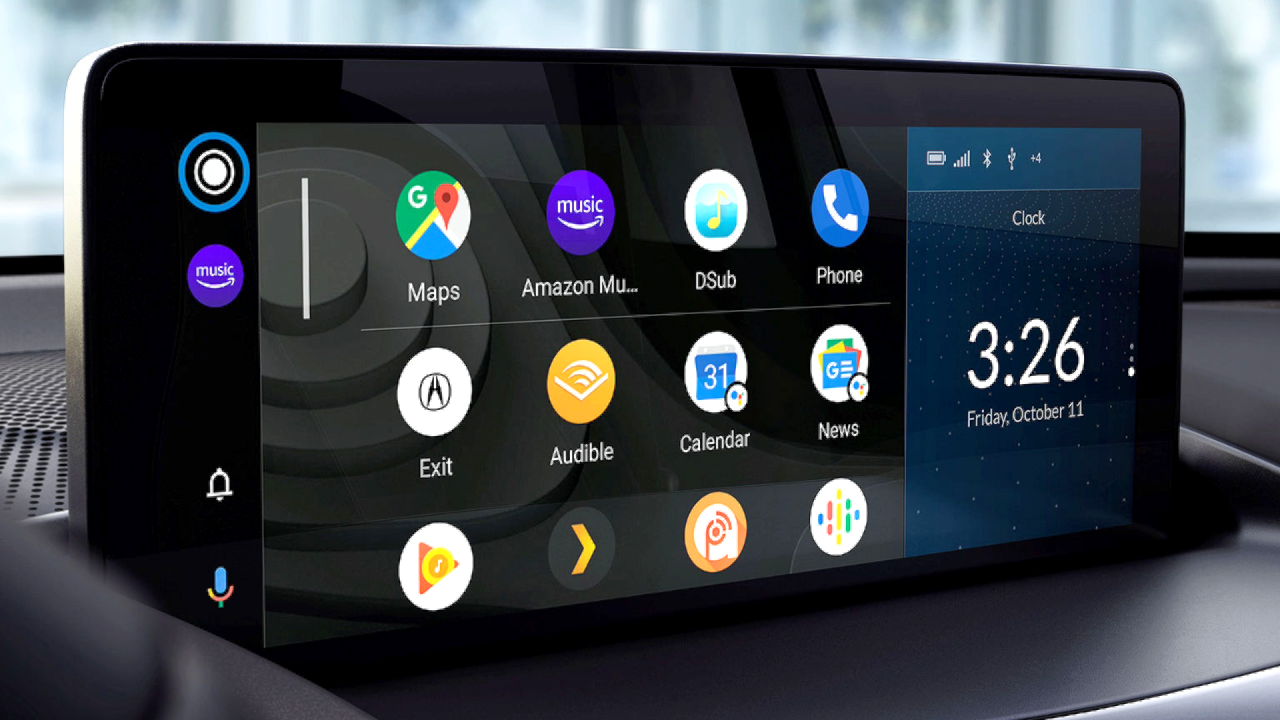 Android Auto could add a feature that nobody asked for, but might appreciate anyway
Android Auto could add a feature that nobody asked for, but might appreciate anywayThis futuristic addition to Android Auto could change the experience forever
By Chris Hall Published
-
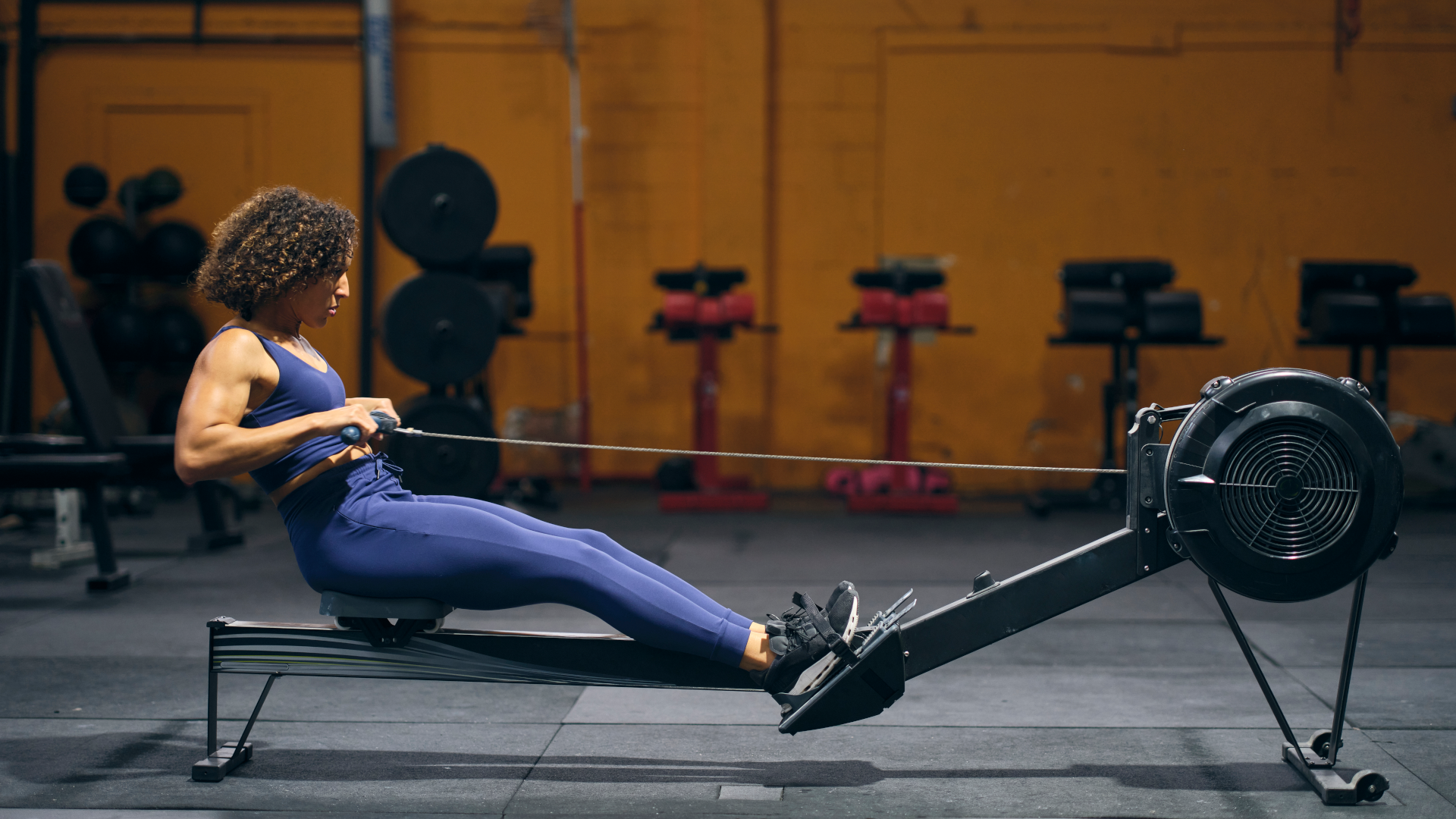 Supercharge your aerobic engine with this three-move rower workout
Supercharge your aerobic engine with this three-move rower workoutImprove your cardiovascular fitness and burn through calories
By Bryony Firth-Bernard Published

